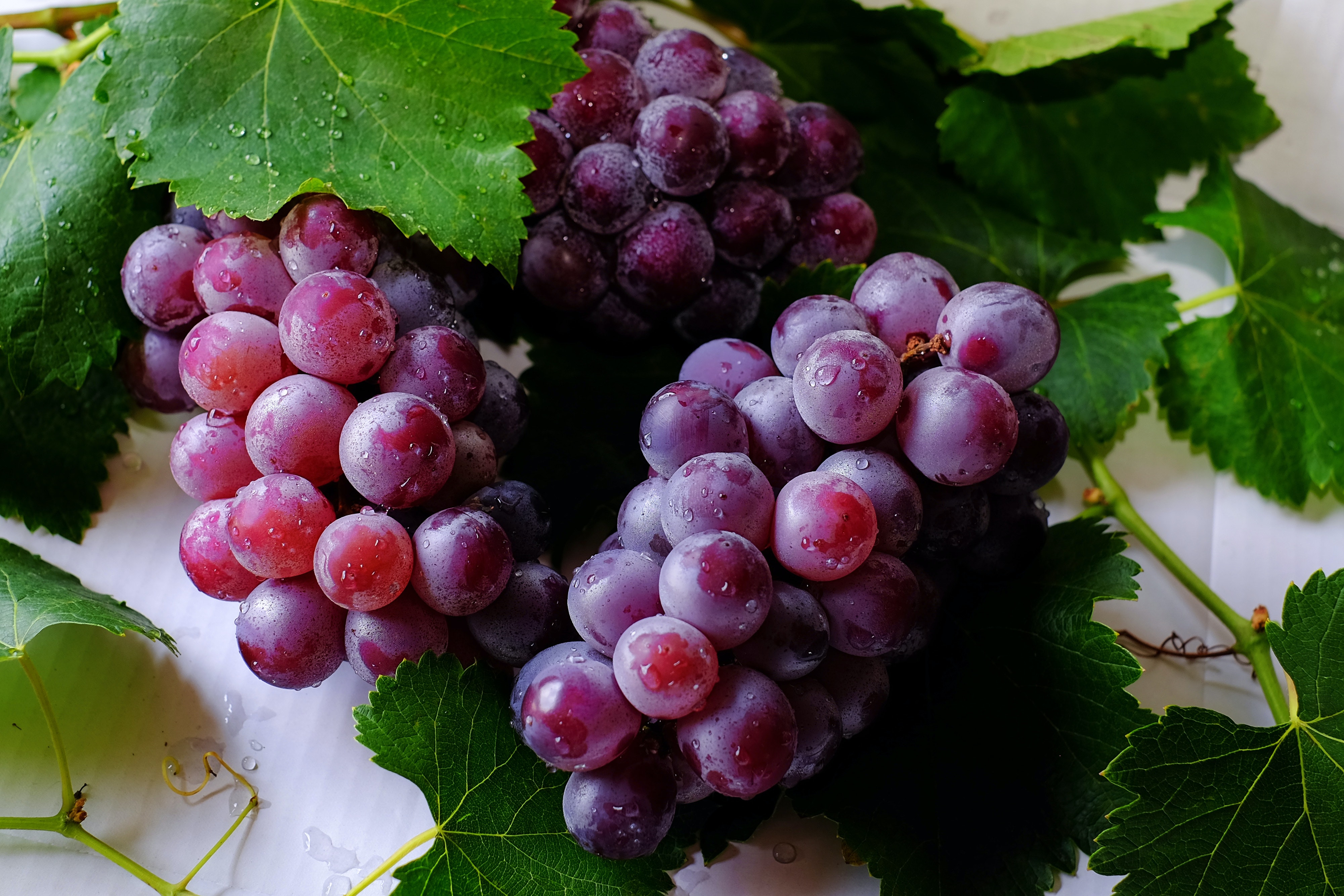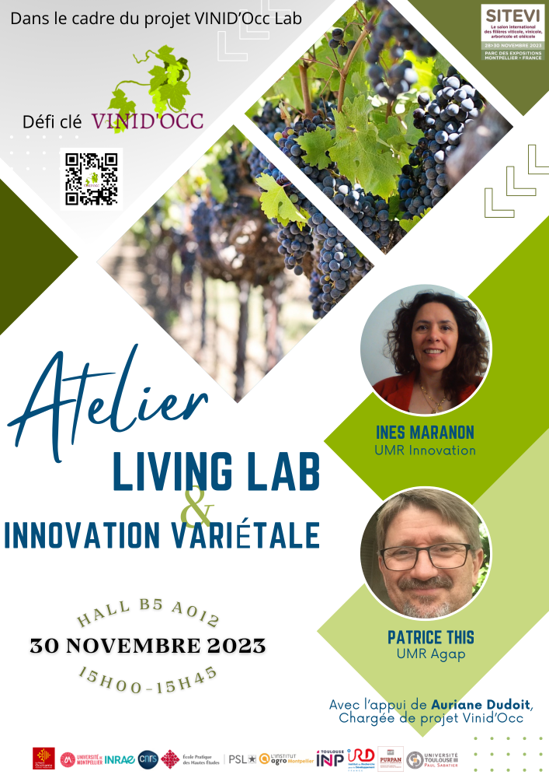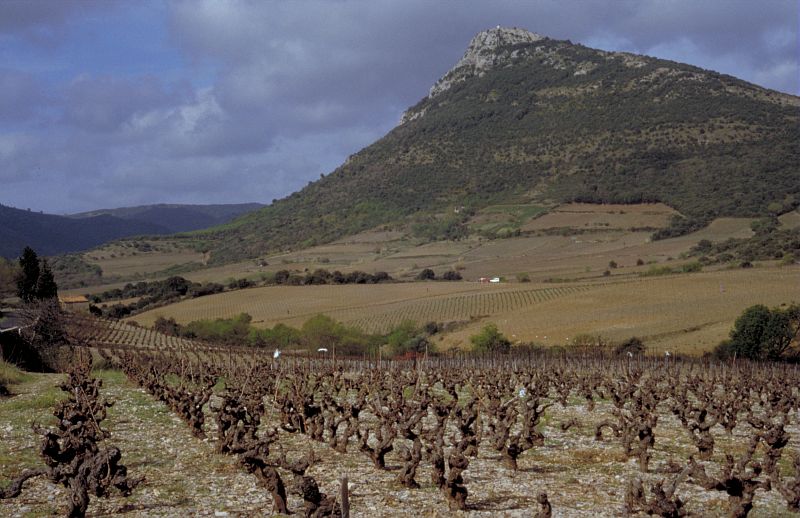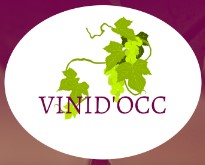The varietal lever: creation or import of grape varieties and rootstocks

The vine is cultivated in many parts of the world for the production of wine, table grapes or raisins. The climatic conditions under which vines are found are essentially those of temperate climates, both in the northern hemisphere and in the southern hemisphere. In the northern hemisphere, the cultivation area is limited to the north by the cool temperatures which prevent correct ripening of the grapes and to the south by the satisfaction of water needs and by high winter temperatures which hinder the proper development of a grape, vegetative cycle which naturally includes a phase of leaf fall and bud dormancy.
For wine production, the best quality wines are obtained when the maturation period takes place at the end of summer, when temperatures drop, associated with a moderate water deficit. The choice of the cultivated variety, but also of its rootstock, and of the mode of management are adapted to the conditions of soil and local climate. These technical choices have stabilized over the course of history along with oenological practices to maximize the quality of the wines produced, leading to the notion of terroir and appellation contrôlée.
The change in climatic conditions strongly calls into question these balances and the varietal lever is at the center of the adaptation choices.
In a context we want to preserve the historical typicity of wines, the first objective that we can have for a new variety is that it is later in order to find fresh maturation conditions, favorable to the preservation of the wine. acidity and aromas of wines. We would also like it to be tolerant to water deficits, and able to maintain a balanced wine profile, satisfactory acidity and a reasonable alcoholic degree, even at high temperatures during maturation.
Several sources of genetic variability are available to wine growers, from varietal creation (hybrid grape varieties, for example) to the importation of varieties from regions further south.
The easiest to use is the clonal variability within the varieties already in use as it does not require any regulatory modification. The collections of clones (from successive cuttings) are numerous and include hundreds of accessions (1). The range of variation for different characters (precocity, size of the berries, acidity of the grapes, etc.) is however very specific to each variety. However, the possibilities for long-term adaptation are limited. In the same vein, several projects aim to re-evaluate local varieties whose use has decreased over time, as for example in the Pyrenees. This option is preferred in Burgundy with Pinot Noir, the main variety of red wines of the appellation, which has many clones.
The diversity of the conditions in which the vines are currently cultivated means that for most of the current French vineyards, analogies can be found between climatic conditions predicted in the future for these vineyards and current vineyards abroad. This hypothesis has led to the setting up of trials with foreign varieties, (2,3) to already assess their agronomic and oenological aptitudes. Similar steps are also underway for rootstocks (4).
Finally, it is possible to imagine creating new varieties by crossing. With genetic tools we can show that many current grape varieties are the result of crossing. Among dozens of examples, we can cite Cabernet-Sauvignon, descended from Cabernet Franc and Sauvignon, or Chardonnay, descended from a cross between Pinot Noir and Gouais. Today, the strong demand for varieties requiring little or no anti-fungal treatment has led to the establishment of a breeding program in all the major French vineyards. The varieties of this type already listed by INRAE in the French catalog of varieties (Artaban, Vidoc, Floreal and Voltis) thus have the particularity of rarely leading to wines that are too alcoholic. They may therefore have the ability to compensate for the effects of global warming. We also know that it is possible to generate by crossing late varieties or varieties with high tartaric acid contents, the level of which is not very sensitive to temperatures during ripening.
Author: Eric Duchêne (INRAE Colmar)
References:
- Réseau Français des Conservatoires de Vigne - https://bioweb.supagro.inra.fr/collections_vigne/Home.php?l=FR
- IFV, 2019. Des cépages étrangers à la disposition des vignerons français. (https://www.vignevin.com/article/des-cepages-etrangers-a-la-disposition-des-vignerons-francais)
- Sud Ouest, 2014. Vins de Bordeaux : les secrets de la parcelle 52 https://www.sudouest.fr/2014/05/13/les-secrets-de-la-parcelle-52-1552841-2780.php
- Projet Greffe Adapt https://www6.bordeaux-aquitaine.inrae.fr/egfv/Ressources/Dispositifs-experimentaux/Parcelle-GREFFADAPT
Relations
- Network
- List
- Geolocation
- More
Participation de deux projets du programme VINID'OCC : Innovation variétale & changement climatique au SITEVI
- More
« Accompagner l’innovation variétale en Occitanie dans un contexte de changement climatique et de réduction des intrants »
- More
Un article dans TheConversation montre que face au changement climatique les vins d'appellation doivent s'appuyer sur une cogestion adaptative de leur terroir
- More
Changement climatique et adaptation de l'encépagement en Languedoc Roussillon
Intervention de Jean-Michel Boursiquot aux 9e Entretiens Vigne Vin Languedoc-Roussillon du 24 Janvier 2018
- More
Changement climatique: quels cépages étrangers pour la corse
Le document présente les fiches réalisées par le centre recherche viticole pour la Corse (CRVI) sur 14 cépages "étrangers" qui pourraient être ^plantés en Corses pour adapter son vignoble au changement climatique, et des informations sur les impacts du changement climatique sur ce
- More
Comment adapter notre viticulture à l'évolution du climat ?
Documentation de la rencontre "Rendez-Vous TechniLoire" organisée le 17 novembre 2016.
- More
De la liane sauvage à la vigne de l'avenir
Film Documentaire
- More
Diversity buffers winegrowing regions from climate change losses
Study of the potential of cultivar diversity on adaptation
- More
French National Research Institute for Agriculture and Environment- INRAE
First ranking research institute in agriculture in Europe, second worldwide agricultural science provider, the INRA conducts researches concerning major society stakes.
- More
INRA Grand Est - Colmar
Le Centre est au cœur du Biopôle Adrien Zeller de Colmar qui regroupe, sur un site unique, une douzaine d’organismes d’enseignement, de recherche fondamentale, de R&D, de transfert et de développement






